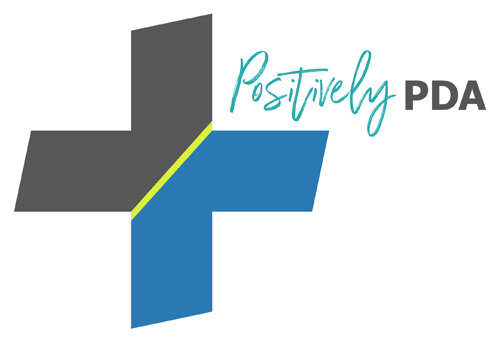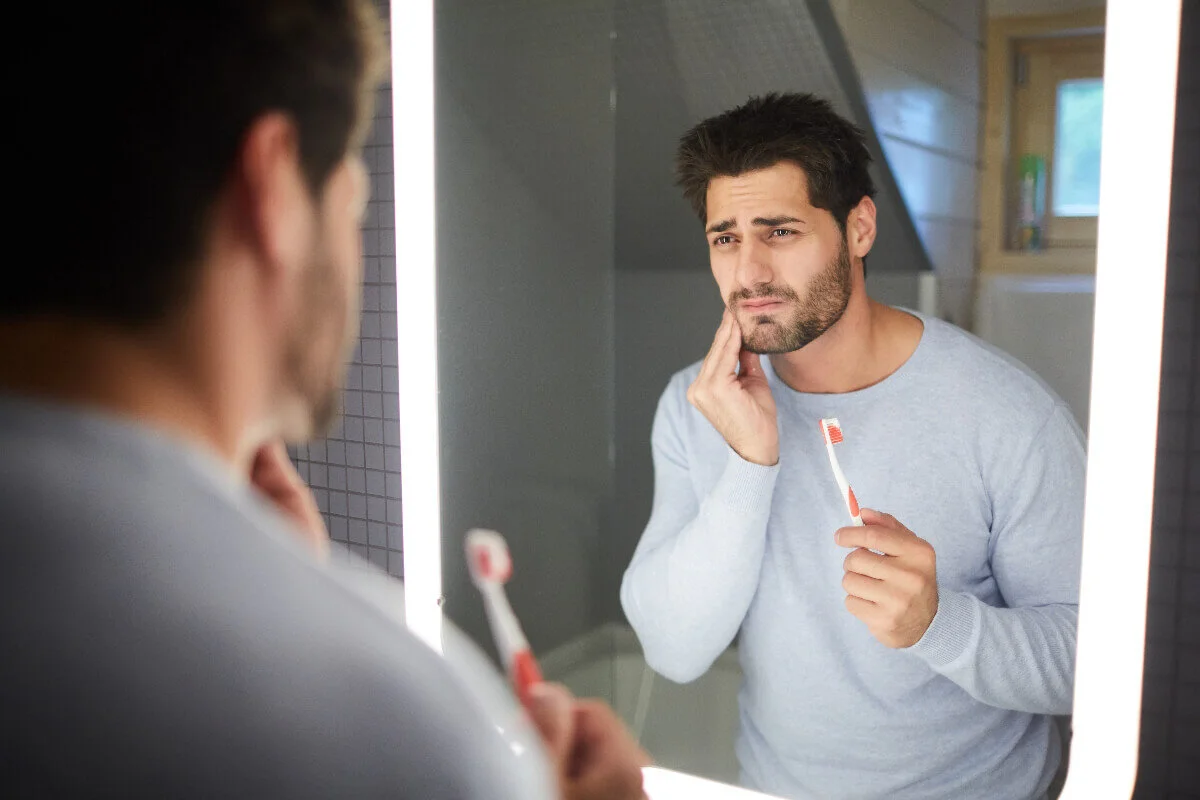What happens if you have dental crowns, fillings, or other restorations? Can they be whitened just like natural teeth? Let's dive into this important question, shall we?
The Top Cosmetic Dentistry FAQs
The Dental Implant Recovery Process
Foods & Drinks To Avoid After Teeth Whitening Treatment
How Safe is Dental Sedation?
Veneers vs. Dental Bonding: What's Best For Me?
Can You Reverse A Cavity?
Can I Get ClearCorrect With Missing Teeth?
If you’ve lost one or more teeth but you’d like to get orthodontic treatment, you may not be sure if it’s possible to improve your smile with ClearCorrect. Can you get ClearCorrect if you have missing teeth?
The short answer is “yes.” And in this blog from Palmetto Dental Associates, we’ll discuss how ClearCorrect works if you have one or several missing teeth in Lexington. Read on and get all the details.
Yes, It’s Possible To Get ClearCorrect With Missing Teeth
If you have one or more missing teeth, it’s entirely possible to get ClearCorrect. Your ClearCorrect aligners will be designed to snap over your remaining teeth, and move them into the proper position in your mouth.
Whether you have crooked, crowded, or uneven teeth, gaps in your smile, or other orthodontic problems, ClearCorrect can improve your oral health and the appearance of your smile.
In fact, ClearCorrect may be recommended before you have your missing teeth replaced. This is because tooth shifting is a common result of tooth loss. If you’ve lost one or more of your teeth, the nearby teeth may shift toward the empty socket. This can change the alignment of your teeth and affect your bite, too.
With ClearCorrect, you can reverse teeth shifting, improve the alignment of your teeth and your bite, and prepare for treatment to replace your missing teeth, such as dentures, dental bridges, or dental implants.
You Need To Get ClearCorrect Before You Permanently Replace Your Teeth
If you are interested in treatment with ClearCorrect, you will need to get orthodontic treatment before you replace your missing teeth with any kind of permanent replacement, such as a dental bridge or a dental implant.
Dental bridges, which attach to two healthy teeth, can sometimes be accommodated as part of the ClearCorrect treatment process. But in most cases, they will need to be removed to ensure that your other teeth move properly. Otherwise, they may interfere with the movement of your other teeth.
However, if you have dental implants, you usually cannot get ClearCorrect. This is because dental implants are surgically anchored to your jaw bone. They do not respond to orthodontic treatment in the same way that natural teeth do, and this can cause some complications with tooth movement.
So if you are missing one or more of your teeth in Lexington and you’re interested in both ClearCorrect and replacing your missing teeth, Dr. Thomas or Dr. Shull will almost always recommend getting ClearCorrect first and replacing your teeth afterward. This is the simplest way to enhance and restore your smile.
Interested In ClearCorrect With Missing Teeth? Contact Us For A Consultation in Lexington
If you’re missing one or more teeth in Lexington and you’re interested in orthodontic treatment with ClearCorrect, Palmetto Dental Associates is here to help. We’re always accepting new patients in Lexington. With ClearCorrect and restorative dentistry from Dr. Thomas and Dr. Shull, you can transform your teeth and restore your smile after tooth loss. Contact us online or give us a call at 803-808-0888 to schedule a consultation today.
How Teeth Grinding Causes Dental Issues
Can I Smoke After A Tooth Extraction?
If you’re a smoker, you’re much more likely to experience tooth loss. And if you need one or more of your teeth to be pulled at Palmetto Dental Associates, you may be wondering how long you’ll have to wait before you start smoking again. When can you smoke after you've had your teeth extracted? Find out now.
You Should Never Smoke After A Tooth Extraction – And Here’s Why!
First, it’s really important to understand why you shouldn’t smoke after a tooth extraction. Even though it may be hard for smokers to avoid smoking after their oral surgery, there are good reasons why smoking after treatment is ill-advised.
Smoking can cause “dry socket” – After your tooth is pulled, a blood clot starts to form in the extraction site. This clot protects your extraction site, helps prevent infections, and provides a “scaffold” that new gum tissue can grow around. If you smoke a cigarette, the sucking action of inhaling and exhaling repeatedly can knock this blood clot out of place.
Dry socket can cause extreme pain and discomfort and impairs healing, and may require follow-up care from your dentist. Because of this, it’s important to avoid things that may cause suction in your mouth. That includes smoking, as well as using straws and spitting forcefully after surgery.
Tobacco smoke impairs the immune system – One reason that smoking is bad after a tooth extraction is that the toxic chemicals in smoke negatively affect the immune system. This makes you more vulnerable to infections after you’ve had one or more teeth extracted. Avoiding smoking after your surgery can help reduce your risk of developing an infection.
Smoking results in poor blood oxygenation and slower healing – Smoking reduces the amount of oxygen in your blood. Oxygen is deeply involved in the wound healing process, and is an essential component of most of the processes that help you heal after your surgery. So if you smoke after your surgery, it may take much longer for your extraction site to heal.
How Long Do I Have To Wait Before I Start Smoking Again?
Ideally, you should wait at least 5-7 days before you start smoking after your tooth extraction. This gives your mouth plenty of time to begin the healing process before you start smoking again, and reduces your risk of dry socket. At a minimum, you must wait 72 hours (three days) before you smoke after surgery.
Ideally, though, you should stop smoking altogether. The first few days of quitting smoking are usually the hardest, and a tooth extraction gives you the perfect opportunity to abstain for three, five, or even seven days, and take the first steps toward smoking cessation. For more information and strategies about how to quit smoking, we recommend that you consult with your physician.
Need An Extraction In Lexington, SC? Come To Palmetto Dental Associates
At Palmetto Dental Associates, our goal is to provide top-notch dental care in a comfortable, judgment-free environment. If you think you may need one or more tooth extractions and you want to take control of your dental health, we’re here to help.
Contact us online or give us a call at 803-808-0888 to schedule a consultation with Dr. Caroline Thomas or Dr. Franklin Shull. As conservative dentists, Dr. Shull and Dr. Thomas will only recommend extractions if they truly believe that pulling your teeth is the best option for your dental health and overall health.
When Is It Time To Get Dentures? Recognizing The Top 5 Signs
What's Causing My Bad Breath? 5 Common Causes Of Halitosis
Debunking 5 Myths About Sedation Dentistry
6 Signs Your Wisdom Teeth Need To Be Removed
Crowns Vs Veneers: What’s Right For Me?
If you have a damaged tooth or a cosmetic problem with your smile in Lexington or the greater Columbia area, you are probably exploring your options for restoring your smile, and you may be wondering if veneers or dental crowns are right for you.
What’s the difference, anyway? What’s the better option, and what’s right for your situation? In this blog from Palmetto Dental Associates, we will discuss a few of the top differences between crowns and veneers, and why they're important.
1. Crowns are Restorative, Veneers can be both Restorative and Cosmetic
This is a very important distinction. Crowns and veneers do share lots of similarities. Both treatments involve reducing your tooth and covering it with porcelain ceramic, but they can be meant for completely different purposes.
Dental crowns are around 2mm thick, and they are designed to cover up an entire tooth. By covering it all the way to your gums, the crown essentially replaces your natural tooth’s enamel. It also provides excellent protection for your tooth. Because of this, crowns are used to repair large cavities or chipped/cracked/broken teeth. They can be used for cosmetic purposes, too, but this is usually only done if other cosmetic treatments like veneers are not appropriate for some reason.
Veneers are much thinner, usually around 0.5-1mm. They don’t cover the whole tooth; instead, they cover the front surface of the tooth and a slight portion of the back surface. Veneers are intended to only cover and treat cosmetic problems and small restorative issues, like tiny chips in the tooth, stains, or gaps between your teeth. They don’t offer the same protection as a crown, so not everyone is a candidate for veneers.
2. Veneers Require Much Less Enamel Removal
Since veneers only cover the front of your tooth, they don’t require you to have as much enamel removed from your teeth. Most of your original tooth material will remain intact.
Crowns are different. Your tooth must be trimmed down quite a bit to remove decay and damaged material, to create a stable attachment point for the crown, and to ensure the crown fits properly. The amount of tooth structure removed will vary depending on your case, but it’s typically quite a bit more than with a veneer.
This is another reason crowns aren’t usually used to treat healthy teeth. It’s always best to preserve as much of your natural enamel as possible, so it makes sense to use veneers instead of removing healthy tooth structure, when ever possible.
3. Crowns May Last Longer Than Veneers, But Lifespan Is Dependent On Care
Since they are thicker and cover the whole tooth, crowns usually last longer than veneers. They are less likely to loosen or fall off, and are more resistant to the forces of chewing and biting. Crowns can last between 15-20 years, and a 20-30 year lifespan is not unheard of with proper care. In contrast, veneers may need to be replaced sooner if they are very thin and are not being taken care of and protected.
The lifespan of both crowns and veneers is directly dependent on how they are taken care of at home. Daily brushing and flossing, dental cleanings every 6 months, and wearing an occlusal guard/bite splint to protect against the damaging forces of clenching and grinding, are vital steps patients should take to get the most life out of their crowns and veneers.
4. Veneers are More Expensive Than Crowns
Veneers are a very precise, artistic process that require much preparation and planning by both the dentist and the dental lab. The exact cost will, of course, depend on your specific case and will be discussed in great detail at your consult appointment. At Palmetto Dental Associates we do not cut corners and our veneers look and function exactly like natural teeth. The old saying holds true, “you get what you pay for!” and you will be thrilled. Visit our website to see actual before and after photos of veneers placed by Dr. Shull and Dr. Thomas.
What’s Right For Me? Find Out At Palmetto Dental Associates!
By now, you should have a better idea of whether veneers or crowns are better for you. Veneers are ideal for cosmetic problems in patients with small issues and generally healthy teeth, while crowns are typically used to solve complex dental issues and to make weak or cracked teeth stronger.
If you still have questions or you’re ready to schedule an appointment, Palmetto Dental Associates is here to help. Contact us online or give us a call at 803-808-0888 to schedule a consultation with Dr. Thomas or Dr. Shull. As experienced general and cosmetic dentists, they can explain your options, and make sure you get the treatment that’s right for you in Lexington.

















